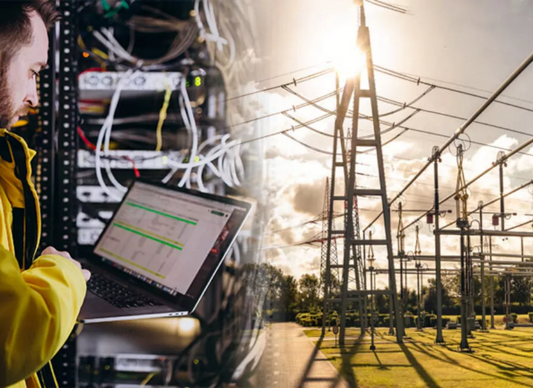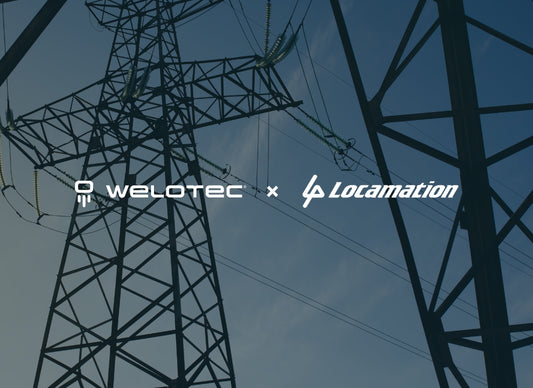In cooperation with Locamation we developed the Software Defined Substation as a cost effective and future proofed solution. With adding the Welotec substation server (RSAPC), voltage and current sensors and Locamation’s virtual merging unit to a conventional substation, you will get IEC 61850 interoperability and advanced measurements for virtualized applications.
What makes a "Virtual Merging Unit" different from a regular Merging Unit?
The “Virtual Merging Unit” separates the collection and digitalization of analog measured values and the merging functionality. This allows the measuring sensors for current and voltage (CIM and VIM) to be simple, robust, and configuration-less. All measured values are centrally available. The merging functionality runs on a substation server. This increases flexibility and simplifies upgrades.
Does the virtual Merging unit have protection functions?
The virtual Merging Unit (vMU) is the first of many applications that will run on the software defined substation platform. More applications are planned which also includes protection functions. The platform is open to allow others to develop applications for the Software Defined Substation.
Do the Interface Modules need configuration?
This depends on the usage and the requirements of the TSO/DSO. The interface modules have several modes. One mode requires the virtual Merging Unit (VMU) to be calibrated and adjusted for the sampled process signals. In this case the accuracy of the final information in the sampled value streams is higher and can also be used for advanced applications like power quality and metering. The configuration is done in the vMU directly on the substation server, which is the publisher of the SV streams.
Another mode does not require the vMU and in this case the sample data is not calibrated. In this case the interface modules can be used directly by IEDs that can subscribe to multiple sampled value streams. If the TSO/DSO accepts the default configuration of the interface module, no configuration is needed. However, if for example CT ratio, svID and destination MAC address need to be configured, a simple configuration tool will be available.
What failsafe features are built-in for this software defined system?
Redundancy can be achieved by adding a second platform, installing redundant sensors or engineer a hybrid solution, combining the vMU with conventional IEDs. There are several possibilities that can be tailored to utilities needs or level of comfort.
The hybrid set-up is ideal for retrofit purposes. Installing the vMU as an add-on solution combined with maybe virtual protections. When the technical lifespan of your IEDs is really depleted, you can add a second platform, different vendors protection applications or modern process bus IEDs.
How many IED’s can I replace with one Substation Server?
This depends on the situation and the requirements of the TSO/DSO. In the future it will be possible to implement a full Software Defined Substation on a single server. We also talk about substation functions instead of IEDs. A conventional IED can have many substation functions. In a software defined substation, we better talk about substation functions because there are no physical IEDs anymore. Of course, there is always a limit on the number of substation functions that can run simultaneously on a single server. Think about number of processor cores and memory. But from our experience in the past with SASensor, we were always able to run all substation functions on a single platform…and this was already possible more than 10 years ago. Nowadays processors and memory capabilities have increased multiple times. Depending on the substation functions e.g., protections a redundant server can be used.
What is the difference in efficiency versus cost between a conventional solution and the software defined solution?
The true benefit of a Software Defined Substation is efficiency, footprint reduction and future proofness: smaller installations, less use of raw materials, easier and faster handling by maintenance personnel, easier configuration and testing and functional upgrades by software updates.
Solution Brief: The path towards a software defined substation
For further information, download the Solution Brief now.






